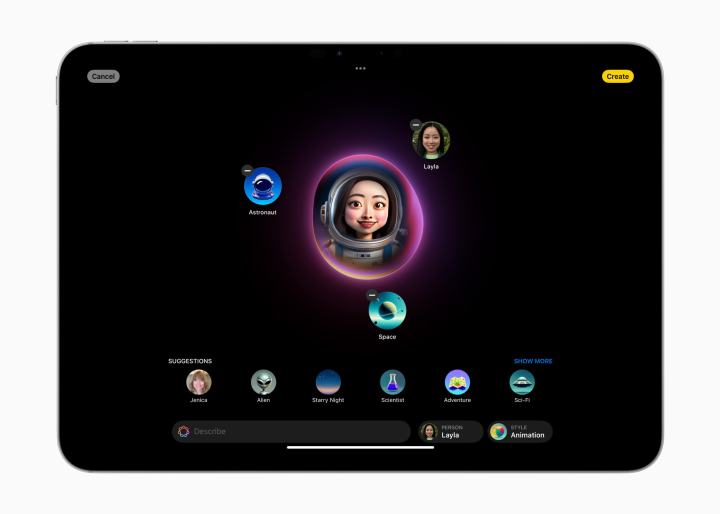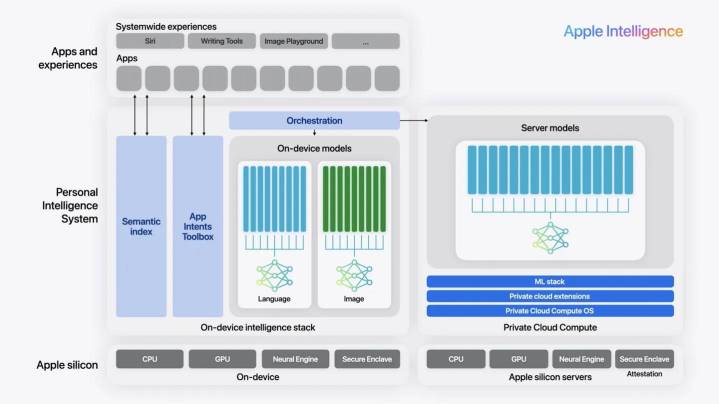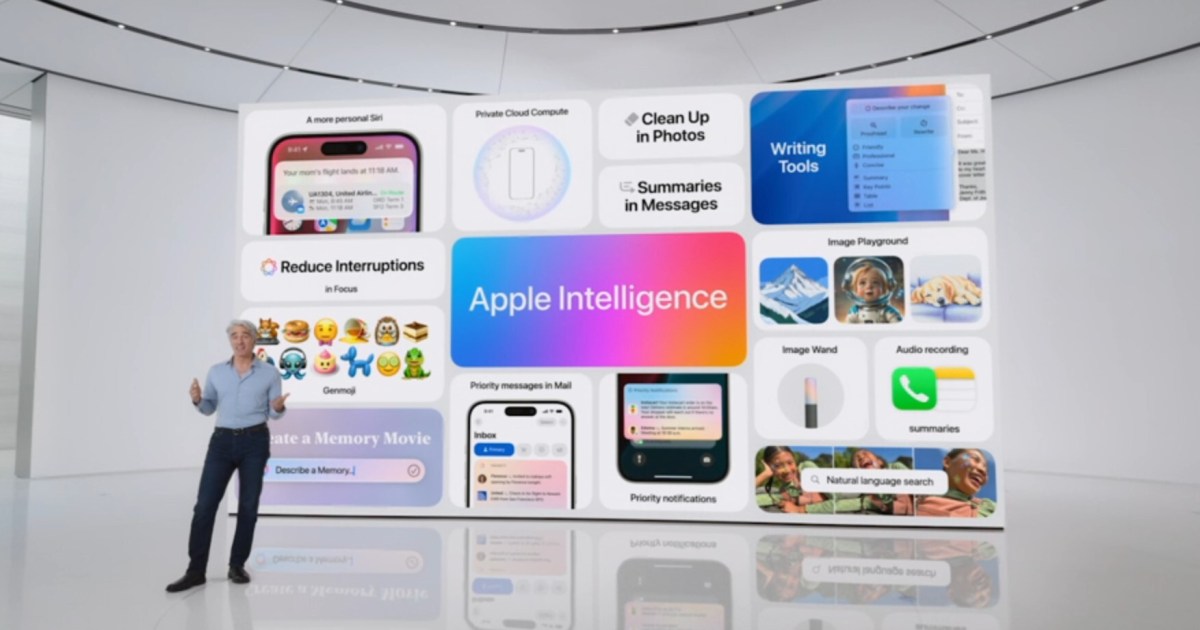Apple Intelligence is Apple’s foray into the world of AI, promising to revolutionize how we interact with technology. By integrating advanced machine learning and AI capabilities into its devices, Apple aims to enhance user experience and streamline operations. This article provides a comprehensive overview of Apple Intelligence, covering its features, release date, compatibility, privacy implications, and the surprising partnership with ChatGPT.
Release Date, Compatibility, and Initial Impressions
Initially slated for a September release alongside iOS 18, iPadOS 18, and macOS Sequoia, Apple Intelligence faced a slight delay. According to Bloomberg’s Mark Gurman, the AI features are currently available to developers in the iOS 18.1 beta released on September 19th, with a public release expected in October.
Compatibility is currently limited to iPhone 15 Pro and Pro Max, iPads and Macs with M1 chips or newer, and presumably the iPhone 16 series. Furthermore, the features are initially available only when the user language is set to English. This restriction is attributed to the intensive processing requirements, leveraging the advanced neural engines, GPUs, and CPUs of newer Apple devices. Early access was granted to developers with iPhone 15 Pro or Pro Max running the iOS 18.1 beta in July.
At MaagX, our initial experiences with the MacOS Sierra beta version of Apple Intelligence have been somewhat underwhelming. Many AI tools remain inaccessible in the beta, and those available, like the writing assistant, Siri, and audio transcription, exhibited bugs and unreliability. While these are prototypes subject to refinement, the October release date might be overly ambitious.
Key AI Features: Writing, Images, and Siri
Apple Intelligence focuses on three core functions: writing assistance, image creation and editing, and enhancing Siri’s cognitive capabilities. These features are designed for seamless integration across Apple’s product line, with macOS, iOS, and iPadOS versions mirroring each other.
 Apple presenting Apple Intelligence features at WWDC 2024.
Apple presenting Apple Intelligence features at WWDC 2024.
Enhanced Writing Capabilities
The Writing Tools feature, integrated into iOS 18, iPadOS 18, and macOS Sequoia, offers proofreading, rewriting, and text summarization across Apple’s applications, including Mail, Notes, and Pages. Third-party developers can also integrate Writing Tools into their apps via API calls.
In Mail, Apple Intelligence provides concise inbox summaries, smart replies that address all questions in the original email, and prioritizes timely correspondence. Notes benefits from audio transcription, summarization, and Math Notes, a calculator that solves typed equations.
Image Playground and Photo Enhancements
 Apple Intelligence Image Playground on iPadOS 18.
Apple Intelligence Image Playground on iPadOS 18.
Image Playground offers image creation and editing with generative capabilities in Animation, Illustration, and Sketch styles. This standalone app integrates with other Apple apps like Messages.
The Memories feature in Photos receives AI enhancements, allowing users to generate short films based on prompts. The AI selects relevant photos and videos, creates a storyline with chapters, and sets it to music. Additional features include Clean Up, similar to Google’s Magic Eraser, and improved search functionality.
A Smarter Siri
 Updated interface of Siri activation.
Updated interface of Siri activation.
Siri receives significant upgrades with more conversational speech, improved natural language processing, and persistent memory. This allows for seamless switching between spoken and written prompts, recalling details from previous conversations.
Prioritizing Privacy with Private Cloud Compute
 A diagram showing Apple
A diagram showing Apple
To address privacy concerns, Apple has developed Private Cloud Compute (PCC), a secure AI compute cloud. Most operations are handled on-device using A17 and M-series processors. If greater computational power is needed, PCC is utilized, sending only relevant data to Apple silicon servers. This minimizes the risk of data breaches and ensures user privacy. Independent experts can verify the code running on these servers, further reinforcing Apple’s commitment to privacy.
A Surprising Partnership: Apple Intelligence and ChatGPT
 An iPhone prompting the user for ChatGPT approval.
An iPhone prompting the user for ChatGPT approval.
Apple and OpenAI have partnered to integrate ChatGPT functionality, powered by GPT-4o, into Siri and Writing Tools. ChatGPT supplements Siri’s capabilities, sending complex queries to OpenAI’s public compute cloud. User permission is required before transmitting requests and associated data to OpenAI, ensuring a level of privacy control.
Training Apple Intelligence on Google’s TPUs
 Google
Google
Apple’s research reveals the use of Google’s Tensor Processing Units (TPUs) for training key components of Apple Intelligence. This unusual choice, considering Nvidia’s market dominance, highlights the efficiency and computational power of TPUs for training large language models. This move may signify a shift in the AI chip landscape, with hyperscalers like Google, Amazon, and Microsoft investing in proprietary chip production.
Conclusion
Apple Intelligence represents a significant step in Apple’s AI journey, offering a suite of features designed to enhance productivity and user experience. While the initial beta release shows promise, some refinement is needed before the public launch. The emphasis on privacy, the integration of ChatGPT, and the unexpected use of Google’s TPUs for training highlight Apple’s innovative approach to AI. The coming months will reveal the full potential and impact of Apple Intelligence on the tech landscape.











